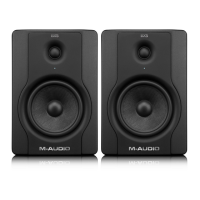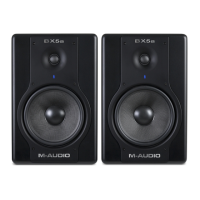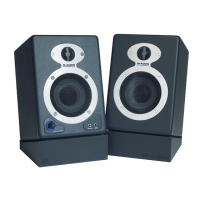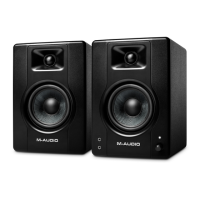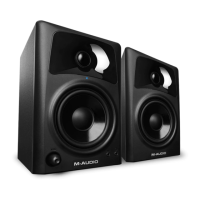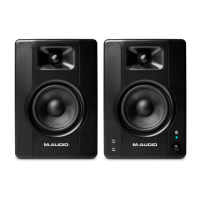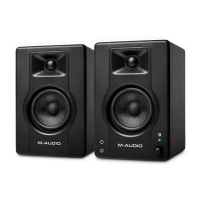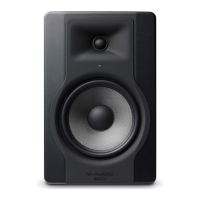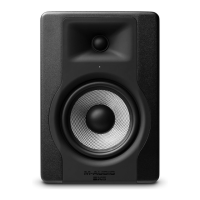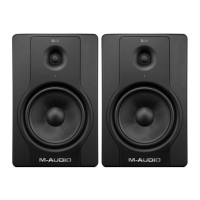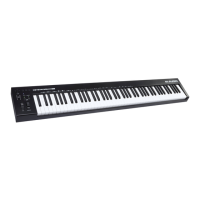What to do if M-Audio STUDIOPHILE DSM3 LED is lit solid blue but there is no sound?
- DDr. Darrell KentJul 29, 2025
If the LED on your M-Audio Speakers is lit solid blue but there is no sound, first ensure that the unit is receiving an analog or a valid digital signal. Also, check the temperature of the rear metal panel. If it's hot, turn the unit off for at least five minutes to let it cool down. After cooling, turn it back on to see if it works normally. If needed, move the unit to a place with better airflow. If the thermal shutdown happens again, you should contact M-Audio customer service.


